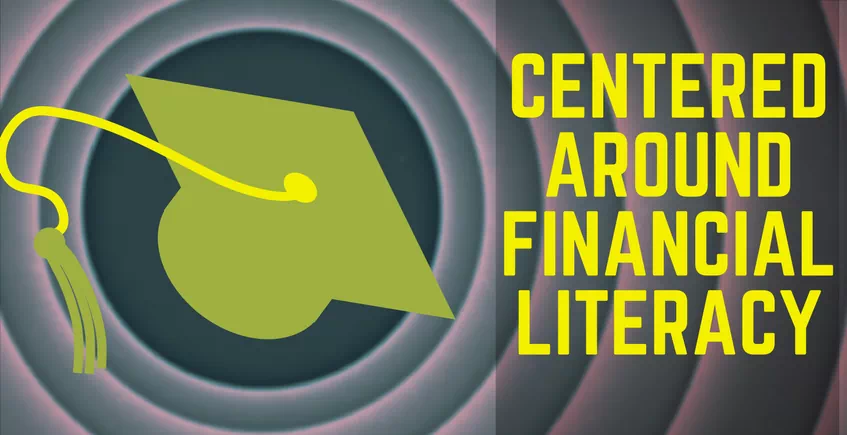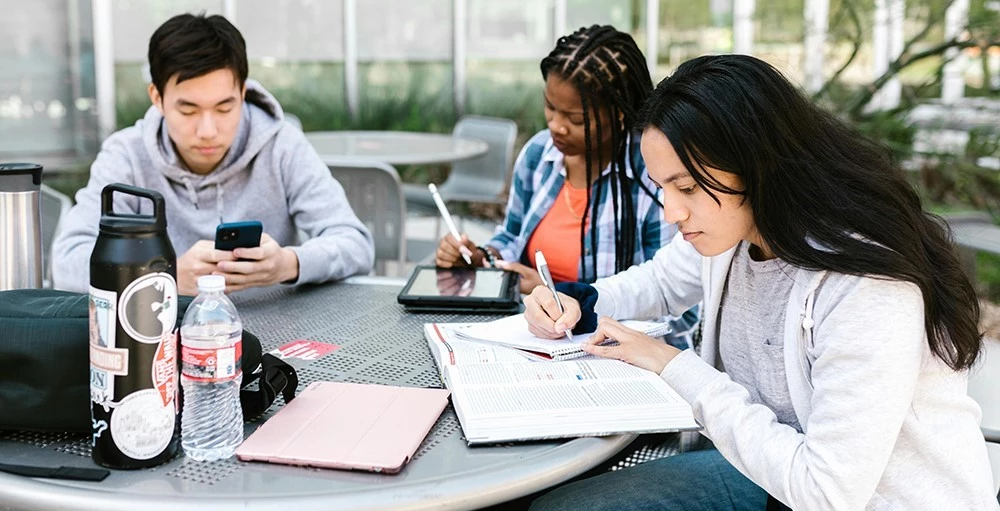Students with a better understanding of the complex questions of personal finance demonstrate smarter choices, less frivolous spending, a decrease in credit card debt and a longer vision than just their college careers. In turn, higher education institutions with demonstrated low default rates enjoy benefits such as more immediate disbursement. However, schools with high cohort default rate face sanctions possibly endangering their ability to access federal funds altogether. In response to this mounting need, many schools have created complete centers designed to offer students many different avenues to the help they so desperately need.
The University of Kentucky, has recently launched their Student Financial Wellness Center, complete with consoles to access online platforms through the iGrad Exploratory Center, access to peer-to-peer counseling, mentorship and a hub for their innovative MoneyCATS program. Similarly, Ohio State University has an expanded Student Wellness Center to offer a wide variety of financial educational assistance, again with access to online platforms, such as iGrad, and a one-on-one sessions with a peer counselor to assist with budgeting and long-term goals.
Some schools are aiming for broader audiences, such as Champlain College with their Center for Financial Literacy. The Center expanded Champlain’s audience into K-12 students and adults in order to offer the same benefits of personal finance education across all demographics in the hopes of stemming the tide of rising debt.
For universities claiming they lack the budget to make headway, the University of Tennessee, Chattanooga, has partnered with their local credit union, Tennessee Valley Federal Credit Union, to offer their Financial Wellness Center. To a lesser extent, UC Davis is partnering with Travis Credit Union to present a financial literacy series throughout the year. Topics like buying a car, identity theft and the psychology of spending are freely offered on a monthly basis.
iGrad’s innovative and award-winning online platform expertly combines information and engagement through the use of games, videos, and challenges. Combining the online platform with a center offering different, in person, amenities delivers a powerful call to action toward financial literacy. By prompting better choices and more knowledge and offering the many varied learning styles an avenue to the information, students are promised to gain more control of their finances and ultimately make wiser financial decisions. Consequently, the schools benefit by creating graduates with a dynamic command of their money and fewer defaults.








